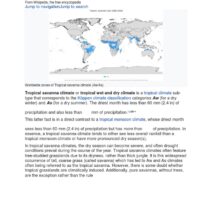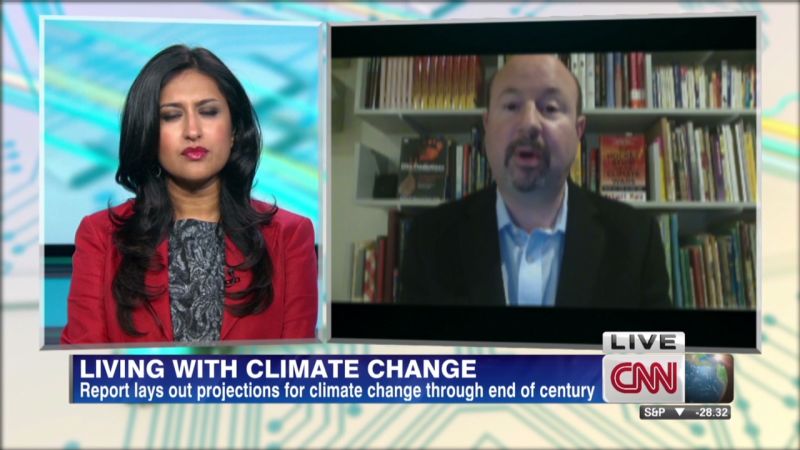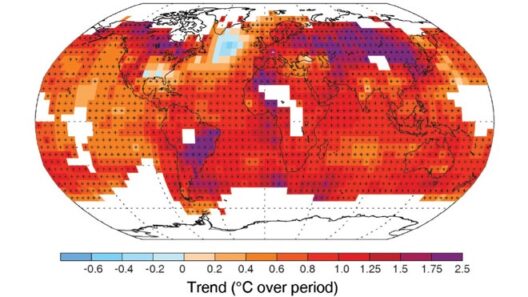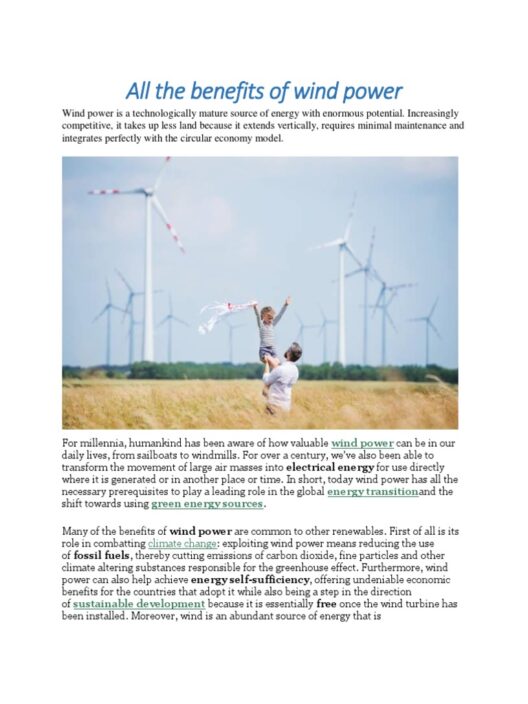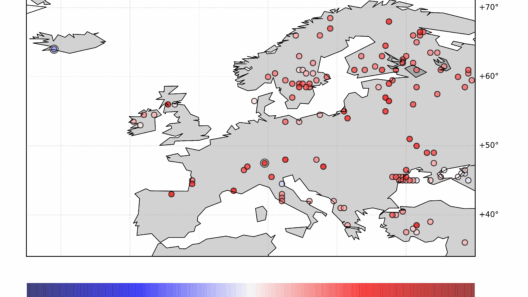Climate change is often likened to a slow, creeping tide—a force that imperceptibly rises, reshaping coastlines and rewriting histories. Yet, within this metaphor lies the unmistakable truth: the very tide of climate change is primarily driven by human actions. When we ponder the question, “How do we know humans are causing climate change?” the answers unfurl through an intricate tapestry of scientific inquiry, historical data, and technological advancements. Each thread interweaves to illustrate not just correlation, but a compelling cause-and-effect narrative.
To comprehend this phenomenon, we embark upon a voyage through time and research, revealing a story woven from the sediments of our Earth itself—one that tells of a warming planet, the fingerprints of human activity, and the urgent need for collective action. As we delve into this exploration, it becomes evident that a multifaceted approach is crucial in deciphering the nuances of climate change.
The Anthropocene Epoch: A New Age of Evidence
The great history of Earth is divided into epochs—vast stretches of time characterized by specific geological or biological markers. We find ourselves in the Anthropocene, a term coined to encapsulate the vast influence humans exert on the planet. This epoch is defined by unprecedented changes in atmospheric composition, predominantly due to carbon emissions from fossil fuels.
In this age, geological records serve as our ledger, revealing significant alterations in carbon dioxide (CO2) concentrations. Ice core samples from Greenland and Antarctica act as time capsules, preserving ancient air bubbles that whisper tales of past climates. By analyzing these samples, scientists have discerned a profound anomaly: current CO2 levels are at their highest in over 800,000 years—a stark divergence from natural cycles. The unyielding rise, aligning closely with industrialization, speaks volumes about human influence.
Furthermore, satellite data meticulously documents the rapid changes in the Earth’s surface and atmosphere. The “Canary in the Coal Mine” effect is not just a metaphor; it is a reality illuminated by the observed retreat of glaciers and diminishing polar ice caps. These indicators reflect warming trends that befall our planet, directly tied to the anthropogenic emissions that fill the air like thick smoke from a distant fire.
The Climate Models: Predicting the Unpredictable
As the philosopher Aristotle once stated, “The whole is greater than the sum of its parts.” This encapsulates the essence of climate modeling. Scientists have crafted intricate models that simulate the Earth’s climate system—taking into account variables such as greenhouse gas emissions, solar radiation, and volcanic activity.
Through these models, researchers can predict future climate scenarios and elucidate the profound impact of human-driven emissions. The models consistently indicate a stark reality: without intervention, temperatures could rise by several degrees Celsius before the century closes, leading to catastrophic reactions that echo across the globe. Each projection reinforces the notion of cause and effect. The correlation between rising CO2 levels and increasing global temperatures is not merely a coincidence but a scientific certainty, underscored by predictive analytics.
Attribution Studies: Disentangling Natural Variability
Climate, much like a complex symphony, is influenced by myriad factors—volcanic eruptions, ocean currents, and solar cycles, among others. Disentangling the effects of human activity from natural variability is akin to separating distinct melodies from an orchestra.
Attribution studies enable scientists to gauge the likelihood that specific weather events or long-termed climate trends result from anthropogenic factors. For instance, an increased frequency of heatwaves and extreme weather events cannot be chalked up to natural variability alone. When conducting these studies, researchers scrutinize past data, looking for patterns that link human actions—such as urbanization and greenhouse gas emissions—to these occurrences.
Conclusive evidence emerges, demonstrating an extraordinary link: events that were once rare have become commonplace, an observable shift that correlates with increased greenhouse gases in the atmosphere. It is these analyses that lend credence to the urgent calls for action—an acknowledgment that the changes we witness are indeed driven by human hands.
A Global Consensus: The Voice of Science
In the arena of climate science, consensus is not merely a chorus; it is a powerful declaration. Organizations ranging from the Intergovernmental Panel on Climate Change (IPCC) to national academies of sciences worldwide converge on a singular truth: human activities, particularly the burning of fossil fuels and deforestation, are elevating global temperatures at an alarming rate.
This unity among scientists is critical. It dispels myths and misinformation that swirl around climate change debates. The methodology employed—peer-reviewed research, rigorous testing of hypotheses, and collaborative projects across countries—establishes legitimacy. This scientific assurance emanates from an unwavering commitment to empirical data and the pursuit of knowledge, punctuating the certainty that fragile ecosystems are under siege.
In conclusion, the narrative of climate change is etched not only in our history but in our present and future. The evidence that humans are driving this monumental change is supported by science, historical data, and a unified global voice. This knowledge beckons us to engage—inviting individuals, communities, and governments to act in concert against the tides of adversity. Just as we shape our epoch, we possess the capacity to steer our planet toward a sustainable future through awareness, holistic understanding, and—most importantly—collective will.

